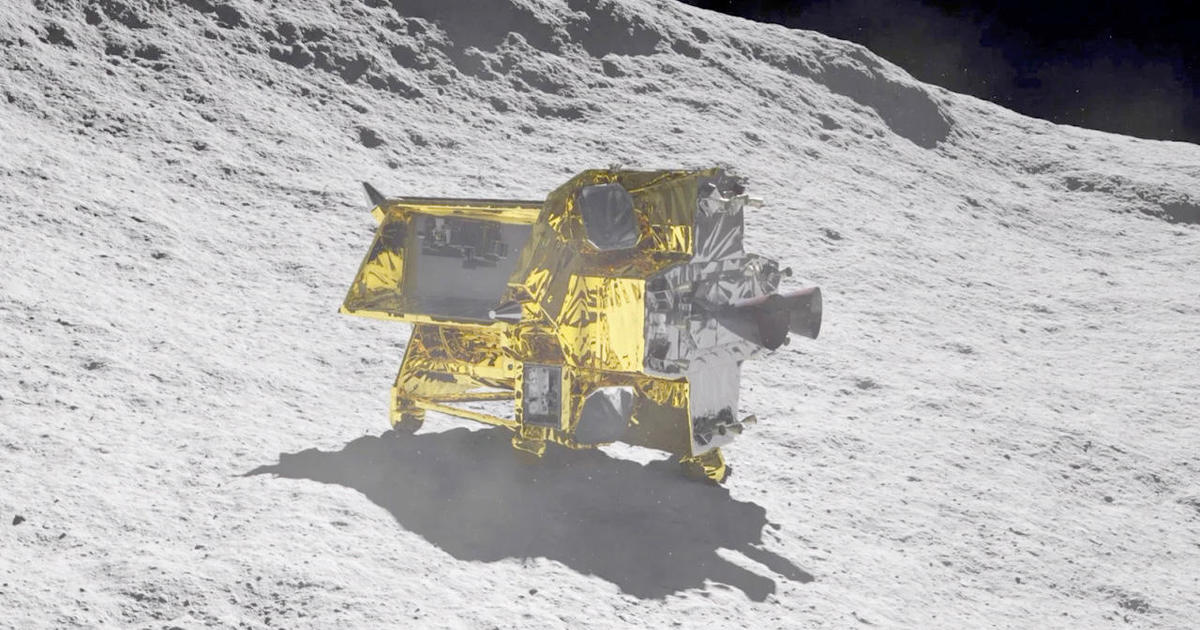2024 is off to a great start for proving that space is hard.
Joking aside, it sounds like the mission was mostly successful in demonstrating a precision landing, they just had an electrical connection fail. Given the vibrations that are experienced in launch, it could have been anything from a loose connector to a bad solder joint. Just one small problem and the whole mission ends up lost. So ya, space is hard.While I get your point, typically numerous redundancies are built into something that has no realistic ability to be serviced. This would indicate either a lack of redundancies, or that multiple redundancies failed. While every experiment you learn from isn’t a failure and negative results are important too, this is likely a larger derivation from optimal than you think.
But NASA’s Deep Space Network, which sends commands and receives data from spacecraft across the solar system, was receiving telemetry from SLIM or one of the tiny rovers – or both – an hour after landing.
At the post-landing news conference, JAXA officials confirmed flight controllers were receiving telemetry from both SLIM and LEV-1, which was designed to beam data directly back to Earth. LEV-2 relays data back through SLIM.
“We do consider LEV-1 and LEV-2 to have been successfully separated, and we are making an effort to acquire data at this point in time,” said Kuninaka.
It sucks but at least they’re able to deploy both mini rovers, so maybe the mission is mostly successful? No idea what those mini rovers are capable of though, their project website seems to be available only in japanese: https://www.isas.jaxa.jp/home/slim/SLIM/index.html
They even have a VR video, an AR 3d model, and a web game on their website: https://www.isas.jaxa.jp/home/slim/SLIM/gallery/index.html
As mentioned, LEV 2 relays data through SLIM which means a dead SLIM is a dead LEV 2
Here is an alternative Piped link(s):
Detailed analysis by Scott Manley
Piped is a privacy-respecting open-source alternative frontend to YouTube.
I’m open-source; check me out at GitHub.
This is the best summary I could come up with:
As a result, mission managers said, the otherwise apparently healthy Smart Lander for Investigating the Moon, or SLIM, was expected to exhaust its batteries within hours of touchdown, leaving it powerless and unable to receive commands or transmit telemetry and science data back to Earth.
There’s hope the probe could “wake up” at some point, assuming the spacecraft landed in the wrong orientation and the angle between the sun and the solar cells improves enough over time to generate enough power, but officials said that’s not at all certain.
Most recently, the Peregrine lander, built by Pittsburgh-based Astrobotic, was stranded in a highly elliptical Earth orbit after a valve malfunction caused a propellant tank to rupture shortly after launch Jan. 8.
During a separate news briefing Friday, Astrobotic CEO John Thornton praised company flight controllers for managing to keep the spacecraft alive as long as possible, activating its science payloads, firing thrusters to re-orient the craft and collecting data that will be fed back into the design and operation of a larger moon lander — Griffin — scheduled for launch late this year.
JAXA’s moon lander was built to achieve two major objectives: to demonstrate a high-precision landing system capable of guiding the probe to touchdown within 100 meters, or about the length of a U.S. football field, of its planned target; and to test an innovative lightweight design allowing smaller spacecraft to carry more sensors and instruments.
Realtime telemetry showed the vehicle precisely following the planned trajectory, pausing several times along the way to photograph the surface below and compare the view to on-board maps to ensure the expected high-precision landing.
The original article contains 1,027 words, the summary contains 272 words. Saved 74%. I’m a bot and I’m open source!
Japan’s current capabilities are officially better than the US and Russia, but worse than China and India.
Hm.
Edit: for anyone who questions this, answer me: when was the last Russian moon landing? The last American moon landing? How many people who worked on those missions do you think still work for Roscosmos/NASA today?
Usa landed on mars and europe landed on a asteroid I think
So by that logic, I guess you’re much better at pissing your bed in your sleep than anyone older than you, then.
I mean, yes?





